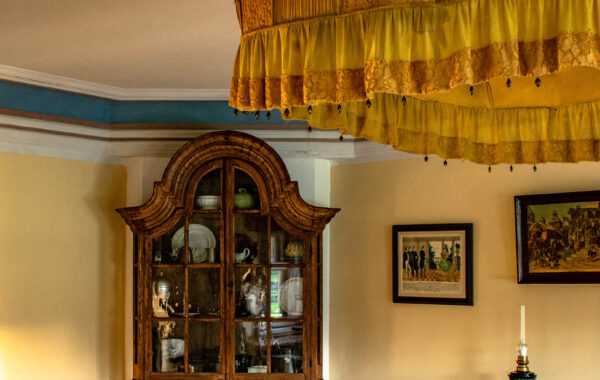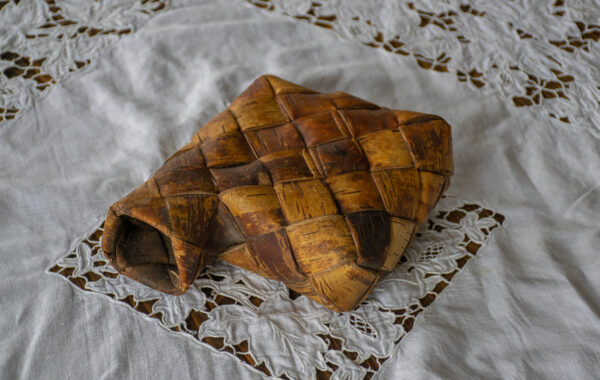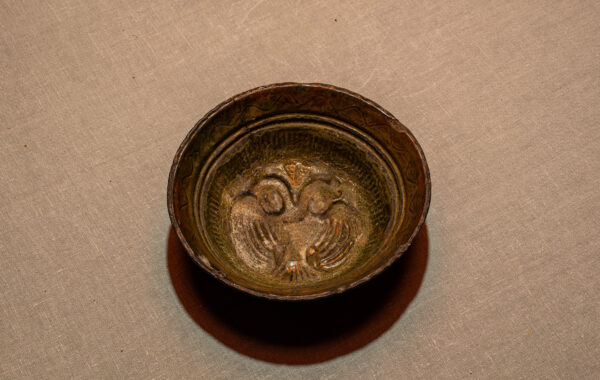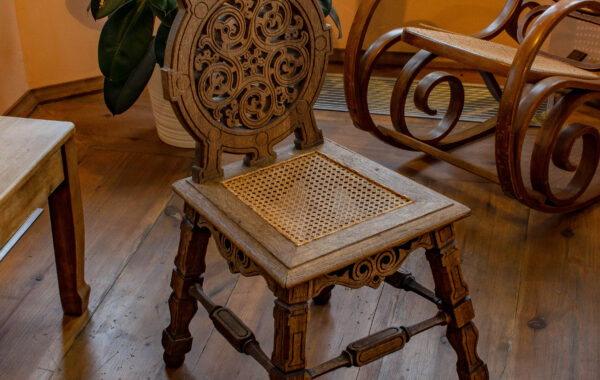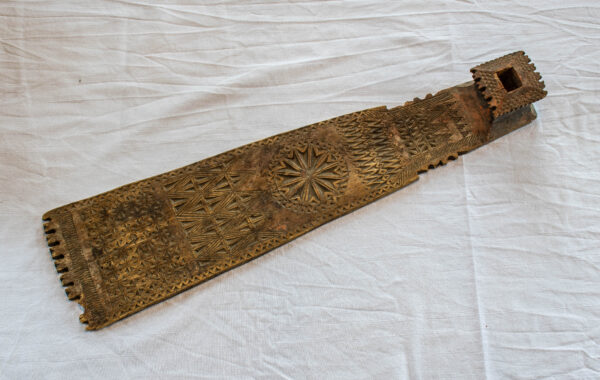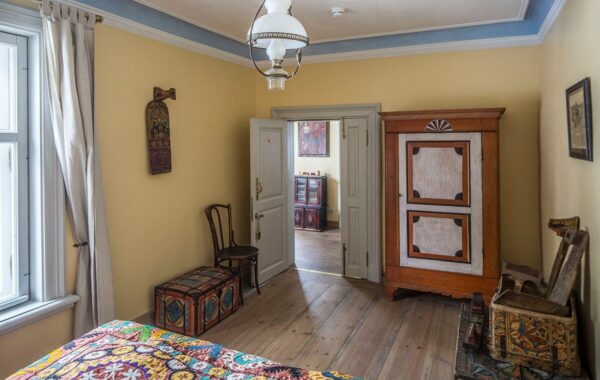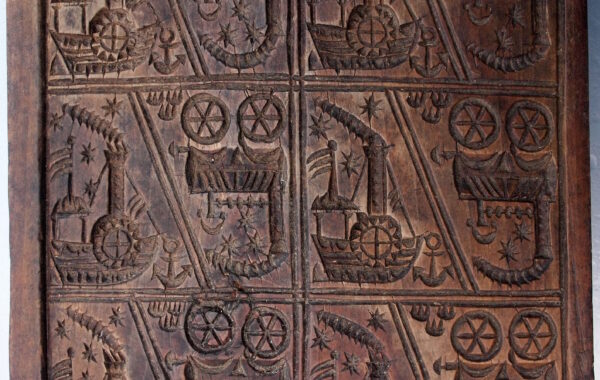Museum
Each item in the Terem has its own story to tell
Most of all, our guests like the fact that the entire Terem is a museum. The circumstances are certainly unusual: you are invited to make yourself at home in the museum, and, having settled in, you are invited to use everything—you can sit or lay on everything, twirl things around in your hands, or, at least, touch them. You can look through albums with old photographs, browse through files of old magazines, and examine obscure objects no longer in use today.
Nevertheless, the Terem also has some things that you typically find in museums. For example, tablets with a lot of useful or simply curious information about village life in the Chukhlomsky district at the beginning of the 20th century. There are also audio guides packed with the stories of the talkative housekeeper about the Terem’s first owners and their day-to-day life in the village and in the city. She tells you about all of this in the grand living room, where, as it should be in a decent house, family photographs are hanging on the walls. The housekeeper certainly knows much more about her masters than they could imagine!

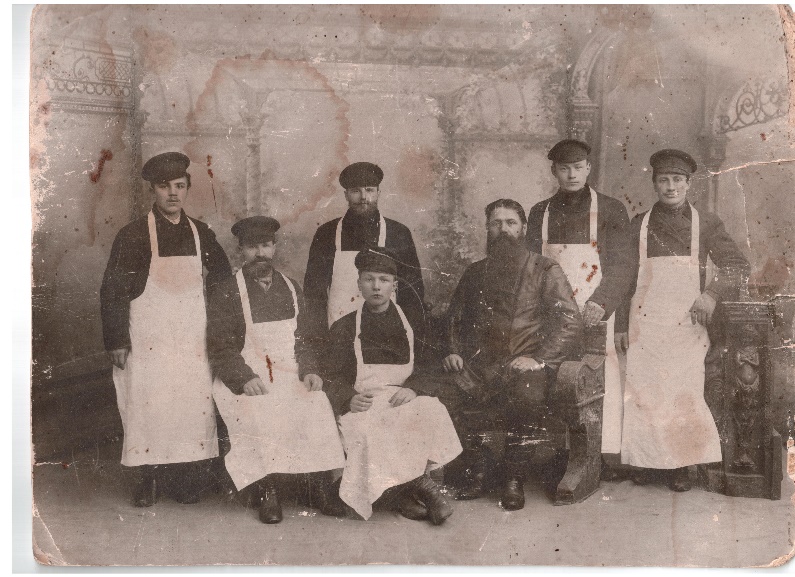
Everything located in the residential part of the Terem on the ground floor and second floor refers chronologically to the times when the Terem’s first owners lived here. To be more precise, the year 1917 was coming to an end when Martyan’s widow, Elizaveta Alekseyevna Sazonova, was deprived of her property, in particular, her house in town and dacha (as the Terem was called then). The two-story dacha had a spacious attic, which the owners never used. Perhaps someone went out on the balcony at least once in a while, but it’s impossible to believe that some living soul climbed onto the turret at that time! In Soviet times, boys began to visit the turret, and couples visited the attic, but, on the whole, it remained in its original form, cold and uninhabited. We were the first to find a worthy use for the attic. Now, it is home to another part of the museum, which is about the Terem during the era after the Sazonovs lived here. This was because the Terem’s life was interrupted in the unhappy year 1917 but did not end.
Despite all the Terem’s peculiarity, the fate of the surrounding villages was very typical for Soviet times. As far as we know, our museum exposition is one of the few that tells about the Soviet period in the life of a village outside of the Black Earth Region.
The requisitioned terem stood boarded up for over 20 years. After it was opened in 1942, for the next 30 years it housed offices and the chairman of the village council even lived there.
We asked witnesses about this post-war period: those who worked in the Terem or near it, those who lived in Astashovo and the surrounding area, those who went to dances at the club, and even those who etched “Vasya was here” on the unpainted boards of the veranda. Fortunately for us, these people turned out to be wonderful storytellers. We were able to record video interviews with retired chairmen of state farm departments, the head of the club, the cinema operator, the milkmaid, the carpenter and the paramedic.
You can watch the interviews in the attic in the so-called information zone (this is where you will also find photographs, albums, and more tablets with valuable information). The remaining attic space is divided between the conventional ‘first-aid station’ with all the essentials, the ‘village council’ with filing ‘cases’, a library (you won’t believe it—with books and magazines), and a club with a gramophone and a meeting table covered by a red calico tablecloth. Located next to the club is the very same bedroom of the chairman of the village council. Come on in!

